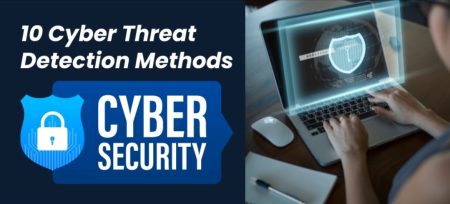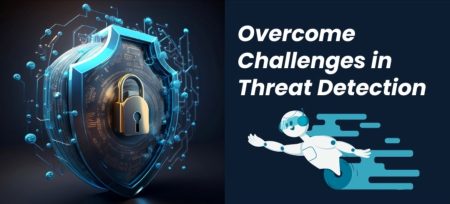In today’s digital world, businesses face a growing number of cyber threats. According to the report, 68% of organizations have experienced a cyber attack in the past year, which is why it’s more important than ever to be proactive about detecting threats before they cause harm.
So, what kind of threats are we talking about? Some common ones include malware attacks (like viruses and ransomware), phishing scams, denial-of-service attacks, and even threats from inside your own company. To catch these threats, experts use tools like intrusion detection systems, security event management, endpoint protection, and user behavior analytics.
But having the right tools isn’t enough; you must follow best practices. This means regularly checking for weaknesses in your systems, training your employees on cybersecurity, having a solid plan for responding to incidents, and constantly monitoring for threats.
In this article, we will dive into the world of threat detection and explore some of the most common types of cyber threats out there. We’ll also take a look at some effective detection techniques. Read on to learn more!
What is Threat Detection
Threat detection involves the various techniques, tools, and methods used to recognize and investigate potential risks or harmful activities within a digital environment, like a computer network. This may involve looking for atypical system conduct, examining network traffic for questionable patterns, and identifying recognized malware or system weaknesses.
Threat detection plays a vital role in cyber security by allowing you to actively spot and address cyber threats before they cause significant harm. By doing so, you can reduce the potential consequences of attacks and protect important data, personal details, and digital resources.
Common Types of Cyber Threats
Malware Attacks:
Malicious software, such as viruses, worms, ransomware, and spyware, is designed to harm or exploit computer systems.
Spear Phishing Attacks:
Attackers use deceptive techniques to trick users into revealing sensitive information, often through fake emails, websites, or messages.
Denial-of-Service (DoS) attacks:
Attempts to disrupt or disable computer systems or networks by overwhelming them with traffic, rendering them unable to handle legitimate requests.
Insider Threats:
Misuse of authorized access by individuals within an organization, intentionally or inadvertently, compromises security.
Cryptojacking
Cyber attacks where malicious actors hijack a victim’s computing resources to mine cryptocurrencies without their knowledge or consent. This can lead to slower system performance, increased electricity consumption, and potential damage to hardware components.
10 Effective Threat Detection Techniques To Keep Yourself Safe From Cyber Attacks

Network Monitoring:
Keep an eye on the data going in and out of your network. Look for anything unusual, like sudden spikes in traffic or connections to suspicious websites. Use special tools that can alert you if something seems off.
Antivirus and Firewalls:
Install and regularly update antivirus software and firewalls on all your devices. These act like shields, spotting and blocking any malware or unauthorized access attempts before they can cause harm.
Vulnerability Scans:
Regularly check your systems and networks for any weak spots attackers could exploit. Use scanning tools to find these vulnerabilities and prioritize fixing them based on how serious they are.
Threat Intelligence:
Keep yourself up to date about the latest cyber threats by subscribing to threat intelligence services. They provide valuable information on new attack methods and signs of compromise, helping you detect threats more effectively.
User Behavior Analytics:
Keep track of how your users typically behave on your systems. Use special software to learn these normal patterns and alert you if someone starts acting suspiciously, like accessing sensitive data they shouldn’t or logging in from unusual locations.
Sandboxing:
When you encounter a suspicious file or program, run it in a safe, isolated environment called a sandbox. This allows you to see how it behaves and whether it’s malicious without putting your main systems at risk.
Security Awareness Training:
Educate your employees about common cyber threats, like phishing emails and social engineering tricks. Teach them how to spot and report suspicious activities, creating a human firewall that can help detect threats early on.
Regular Security Audits:
Conduct regular check-ups on your security measures to see how well they’re working. Identify any gaps or areas for improvement, and make sure you’re meeting all the necessary security standards and regulations.
Automated Threat Response:
Use tools that can automate parts of your threat detection and response process. These can help you quickly gather and analyze data and coordinate your various security tools to detect and respond to threats more efficiently.
Fostering a Security Culture:
Encourage everyone in your organization to prioritize security. Promote a culture where employees feel comfortable reporting suspicious activities and regularly conduct security drills. Involve people from different departments in security planning to create a strong, company-wide defense against threats.
Overcome Challenges in Threat Detection with Certified Nerds

At Certified Nerds, we use a comprehensive strategy to systematically detect, record, and address potential cyber risks targeting your company. Our team of cyber security experts is ready to assist you in remaining one step ahead of any threats or assaults aimed at your organization. Reach out to Certified Nerds now to discover more about our Threat Monitoring, Detection, and Response solutions, and let us help you fortify your digital defenses.
Contact us now for complete information about threat detection and defend your business!




